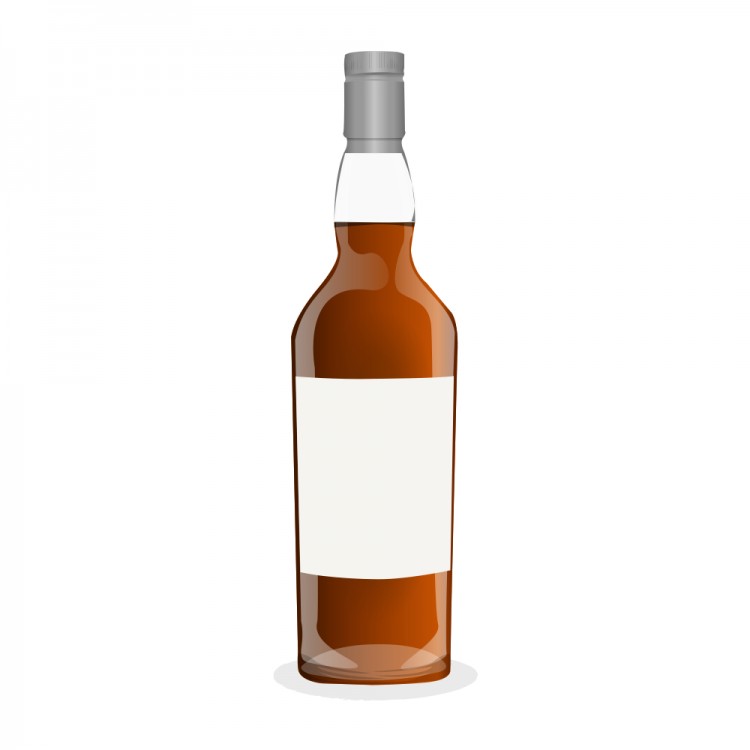Cleveland Bourbon 50% ABV
Brave New World, Accelerated Aging
1 487
 Review by @Victor
Review by @Victor

- Nose~
- Taste~
- Finish~
- Balance~
- Overall87
Show rating data charts
Distribution of ratings for this:
- Brand: Cleveland
- ABV: 50%
Cleveland Distillers in Cleveland Ohio is making a very unconventional bourbon aged initially for 6 months the usual way, followed by an intensive process lasting fewer than 7 days during which the spirit is aged in a steel tank with charred oak chips added and great pressure applied. The results attempt to resemble 10 yo bourbon whiskey in a process lasting a little over 6 months. The reviewed samples from batch # 006 were from a bottle opened 1 month ago, 80% full, and compliments of Lara Supan
Nose: at first there is something lacquer or varnish-like which dominates the nose. Give the whiskey 10 minutes of air time and most, but not all, of the lacquer odour blows off and reveals a very wood-spicy and caramel-y nose. There's the usual bourbon vanilla present also. Wait for it and this is actually a very good bourbon nose. Water brings out high-pitched sweetness. Score: 22/25 points
Taste: here's where it gets really interesting. This is very crisp, and, like the nose, very oak-spicy and very wood-caramel-y. There is also some tastable bitter char here. The bitterness from char really doesn't integrate as well in this case, as it does, in, say, Wild Turkey 101. Does this taste like typical multi-year-aged conventional-process bourbon? No, not quite just like any multi-year-aged bourbon I have ever tasted. So what is different? Grain flavours. Cleveland Distillers has successfully milked the flavours from the wood, so much so, that the caramel levels and the wood spice levels are unusually and even, arguably, unnaturally high. But bourbon is not just wood flavours alone. Bourbon also incorporates into its web of flavours the taste of rye grain. The reviewed bottle is quite undeveloped in its inclusion of flavours from grain. They are there, but are understated compared to the conventionally matured bourbons. There is a lot of spice here, but it tastes like nearly all of it derives from oak, and not from rye. So what, you ask? So this doesn't exactly taste like multi-year-aged bourbon. It tastes just like it is, viz. something made by quite a different process. Next question, is it good? Yes, this is not bad at all, and no doubt there are some people who will like this profile as well as or even more than conventional bourbon. Water brings out caramel. This is good with water. Score: 21.5/25 points
Finish: stays sharp, spicy, bitter-charry, and caramel-y for a strong and long finish. Score: 22.5/25 points
Balance: I was eager to try this one. I didn't know what to expect and really didn't expect much. Cleveland Bourbon is a whole lot better than I expected it to be. Those very familiar with a lot of bourbons will be able to pick out differences in the Cleveland Bourbon product compared to the flaovur profiles of standard-technique bourbons. Is this the wave of the future? I doubt it, unless scalability makes this whiskey cheaper to produce than conventionally matured bourbon. But this is a very drinkable product. Score: 21/25 points
Sequential Score: 87/100 points
Strength: strong flavours throughout. Score: 23/25 points
Quality: very good wood flavours; not crazy about the extent of the char. Understated grain flavours. Score: 22/25 points
Variety: enough variety, but not the full complement of bourbon flavours. Score: 21/25 points
Harmony: good, but not great harmony, especially on the palate. Score: 21/25 points
Total Non-Sequential Score: 87/100 points
Comment: this is an interesting technique of whiskey age-acceleration. The products obtained are quite drinkable, but of a somewhat different style of flavours from the conventional years-long bourbon barrel aging. Will additional progress be made with experimental techniques to accelerate whisk(e)y aging? Probably so. Time will tell how effective they will be. At this point I would say that Cleveland Distillers gives a useful addition to the whiskey universe. Yes, Cleveland Bourbon is not at all bad, and a lot better than I thought it would be


@Victor thank you for this review and for your continual exposure of American whiskey.
About the stainless steel with charred oak chips, surely this is an unorthodox maneuver by the distiller. Not unlike Compass Box's controversies. I'm not so familiar with the intimate laws of American whiskey law production, and I understand it is highly regulated and enforced to protect the branding internationally.
Legally speaking, can it still be classified as whiskey under American law? I know here in Australia, American whiskey is received and shamefully bottled locally at 37% and sold legally, although this would be illegal over there.